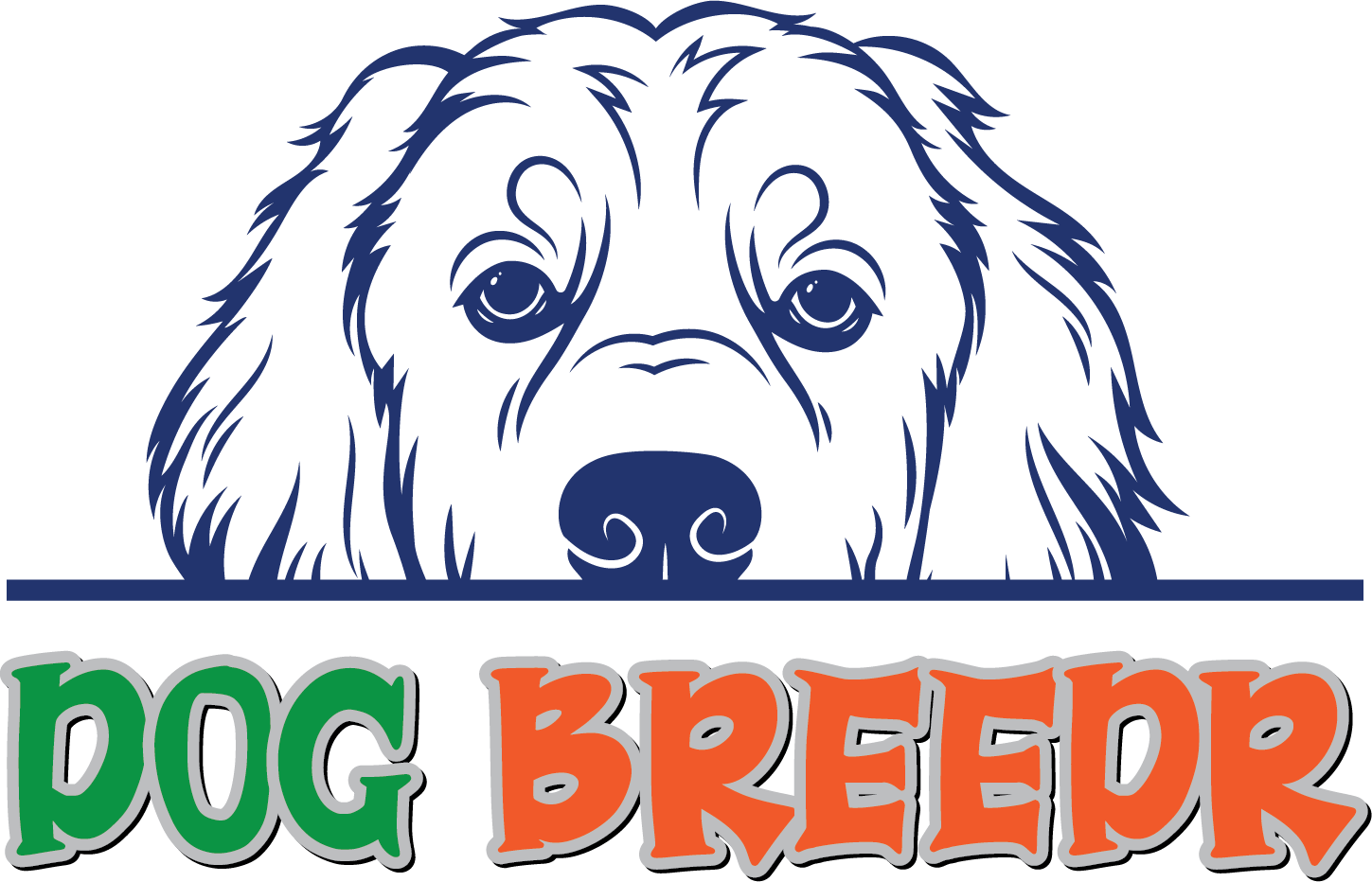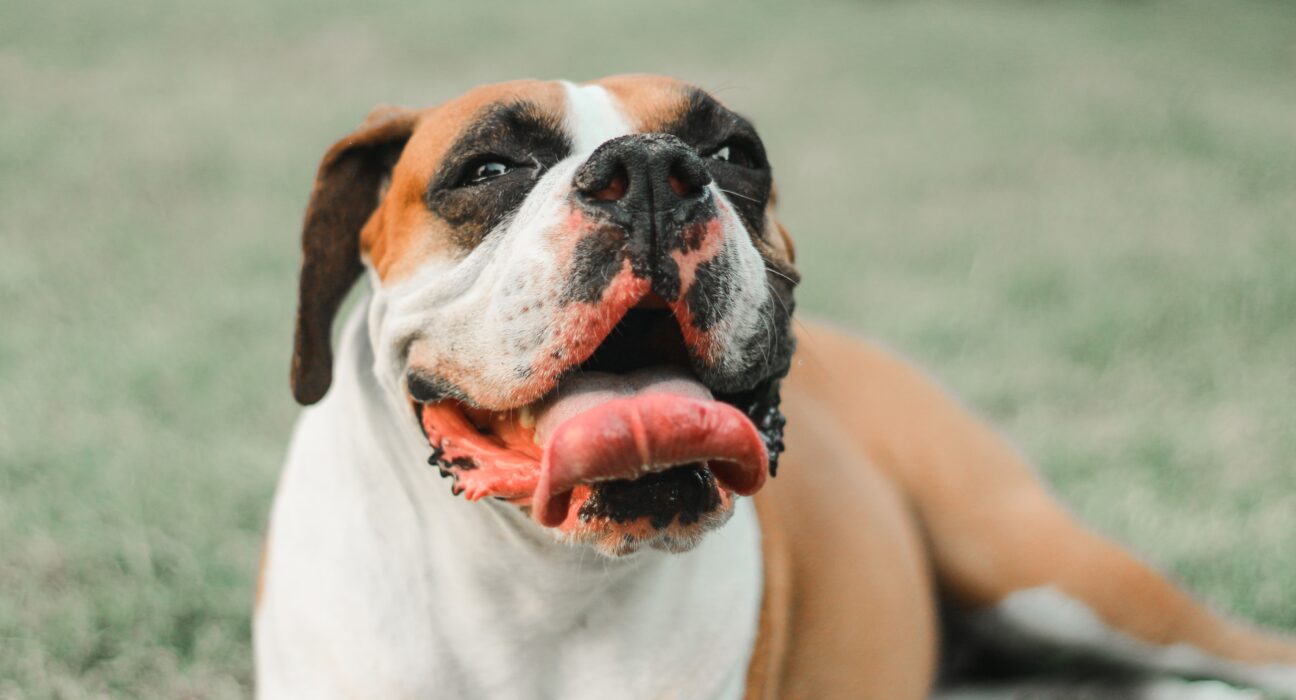Germany is home to some of the world’s most popular and beloved dog breeds. From their traditional, working-class origins to more modern-day show dogs and family companions, German dog breeds include various sizes and temperaments.
In this article, we’ll look at some of the most well-known German dog breeds and learn what makes them unique.
Continue reading to learn about the many excellent German dog breeds.
German Dog Breeds History And Origin
German dog breeds have been around since the Middle Ages, when they were bred as working dogs or guard dogs.
These early breeds served multiple functions, like protection, hunting, and herding livestock. Over time, breeders refined their characteristics to create distinct varieties that could excel at specific tasks.
In recent centuries, Germany has become known for breeding show dogs with specific standards in looks and behavior.
This pursuit of perfection continued during World War II as German puppy mills became popular and new breeds were developed from crosses between existing ones.
German Dog Breeds Physical Characteristics
German dog breeds are known for their strength, agility, and intelligence. They tend to have muscular builds, well-muscled bodies, and broad faces or heads.
The coats of German breeds can vary widely, from silky fur to wiry hair or thick, curly coats. Most have average energy levels and are good-natured around people and other animals.
German Dog Breeds Temperament
German dog breed temperaments range from loyal protectors to friendly family pets. Most German breeds are easygoing yet alert, with a natural tendency towards obedience training and agility sports, although some need more exercise.
Most German breeds are strong-willed and independent but need consistent socialization and training to behave appropriately.
German Dog Breeds
Affenpinscher
The Affenpinscher is a toy dog from Germany standing between 9 and 11 inches tall. They have shaggy, wiry coats and are known for their unique looks and intelligence.
Affenpinschers are lively, playful, and alert dogs who make excellent watchdogs. Their guarding instinct can be triggered when they sense danger, but they can also become snappy if adequately trained.
Therefore, socialization and obedience training should start at an early age to prevent any behavioral issues in the future.
These intelligent little dogs thrive on attention, so it’s best to give them plenty of time with their owners or family members daily to keep them mentally stimulated.
The Affenpinscher is a loyal companion that will bring lots of joy and laughter to your home. They make great family pets with their affectionate nature and strong bond with their owners.
These German dog breeds are also quite active, so regular exercise is needed to keep them in tip-top shape.
Taking them for walks or playing fetch games in the backyard can be a fun way to give them physical and mental stimulation simultaneously.
With its small size, grooming needs are minimal, but it’s still important to brush its coat regularly to keep it looking its best.
The Affenpinscher is an ancient breed first seen as far back as 400 years ago. They have become more popular over the past few decades thanks to their unique look and loving nature. The Affenpinscher is worth considering if you’re looking for a loyal and entertaining companion.
Bavarian Mountain Scent Hound
The Bavarian Mountain Scent Hound is a German hound breed initially used for hunting small game. This medium-sized dog stands up to 18 inches tall and typically sports a thick, dense coat that can be found in black or brown colors with white markings.
They have long, floppy ears and expressive eyes, which give them the “puppy dog”, look that many find endearing.
These loyal dogs are known for their incredible sense of smell and fierce loyalty toward their owners. The Bavarian Mountain Scent Hound was bred to track small game such as foxes, hares, and deer across rough terrain, so an active lifestyle is essential for them to stay healthy and happy.
They need plenty of outdoor exercises and mental stimulation to keep them entertained. As with any hound breed, they need to be well-socialized early so they don’t become aggressive or overly independent.
Biewer Terrier
The Biewer Terrier is a small, lively, intelligent breed from Germany. They typically stand between 7-11 inches tall and weigh about 4-8 pounds, making them perfect for apartment living.
These dogs are known for their playful nature and spunky personalities and make great family companions.
The Biewer Terrier’s coat can be found in black and white or tri-colored variations with tan markings. They have an average life expectancy of 16 years if cared for properly.
These German dog breeds love to play games and get plenty of exercises every day to keep their energetic spirits up.
Regular walk trips to the park or just playing fetch at home will help them stay fit and healthy. The Biewer Terrier is an intelligent breed that loves to learn, so training them should be easy and fun.
They’re also sensitive dogs, so it’s essential to use positive reinforcement when teaching them new commands or behaviors.
With their sweet, loyal personalities, these dogs make excellent family pets and will always be by your side through thick and thin.
Boxer
The Boxer is a breed of stocky, medium-sized, short-haired dogs. Developed in Germany as a guard dog, the Boxer has a square muzzle, powerful jaws, and strong teeth.
They also have an alert expression and high intelligence. Well-trained Boxers make excellent family companions who can be trusted with children of all ages.
They are very active, loyal, and affectionate dogs who require plenty of exercise and playtime to keep them from becoming bored or destructive.
Despite their robust build and intimidating appearance, the Boxer is not an aggressive breed but one that relies on its strength for protection rather than aggression to scare off potential threats.
The average life expectancy for the Boxer is between 9 to 15 years. The breed is generally healthy, although they may be prone to hip dysplasia and other joint problems.
The Boxer also needs regular grooming with a brush or comb to keep its coat looking its best. Overall, the Boxer is an excellent choice for active families who need a guard dog and those who want a loyal and loving companion.
Dachshund
The Dachshund is a German breed of short-legged, sausage-shaped dogs. The standard-size Dachshund stands 8 to 9 inches tall, and the miniature variety only measures 5 to 6 inches.
This small dog has recently become one of the most popular breeds due to its charming personality and unique appearance.
A well-trained Dachshund makes a beautiful family pet as they are affectionate and loyal companions who get along with children of all ages.
They may try to dominate other smaller pets if given an opportunity but can usually be trained not to do so.
The average life expectancy for the Dachshund is 12 to 16 years, depending on its size and activity level. They require regular grooming with a brush or comb to keep their coats looking their best.
The Dachshund is an excellent choice for families who need a small yet bold companion who can provide plenty of love and entertainment.
They are also excellent watchdogs who have a keen sense of hearing and are always alert to potential threats.
Despite their small size, the Dachshund is a courageous breed that will go above and beyond to protect its family from harm.
German Dog Breeds Health Issues
German dog breeds vary in size, so the health issues a breed may encounter can differ depending on size.
For example, small dogs are more prone to dental problems because their teeth are smaller than those of larger breeds. Larger breeds are more likely to experience joint and hip problems and obesity-related issues.
All German dog breeds must be aware of common diseases they may suffer from, such as hip dysplasia and von Willebrand’s disease.
Hip dysplasia occurs when the thigh bone does not fit properly into the hip socket and can cause lameness or arthritis over time.
Von Willebrand’s disease is an inherited blood disorder that affects clotting. Dogs with this condition may suffer from excessive bleeding or bruising.
It is also essential to be mindful of regular preventative care such as vaccinations, heartworm testing and regular visits to the veterinarian.
Vaccinations are essential for protecting German dog breeds from contracting certain diseases that could be deadly if left untreated.
Heartworm testing should be done once a year and involves taking a small sample of blood which can then indicate whether or not worms are present in the dog’s system. Regular visits to the vet will ensure any health issues are identified early on and treated appropriately.
Finally, it is essential to provide your German dog breed with proper nutrition and exercise to maintain their physical health.
Proper nutrition helps keep dogs healthy by providing all the necessary vitamins and minerals that their body needs. Exercise is also essential as it helps keep dogs active and fit while promoting a healthy weight.
You can ensure they live a long and healthy life by taking proper care of your German dog breed. Regular preventative care and nutrition allow these breeds to stay happy and healthy for years.
Conclusion
German dog breeds are versatile and loyal companions that make excellent family pets. Their unique personalities, size variation, and intelligence make them an ideal choice for any home.
From small lap dogs to larger guard dogs, these breeds all have one thing in common: they love their families unconditionally.
Proper care of your German dog breed, including regular preventative checkups with the vet, vaccinations, heartworm checks, and a healthy diet and exercise, will help keep your pet happy and healthy for years to come. With their loving nature and protective spirit, German dog breeds will bring joy into your home.

